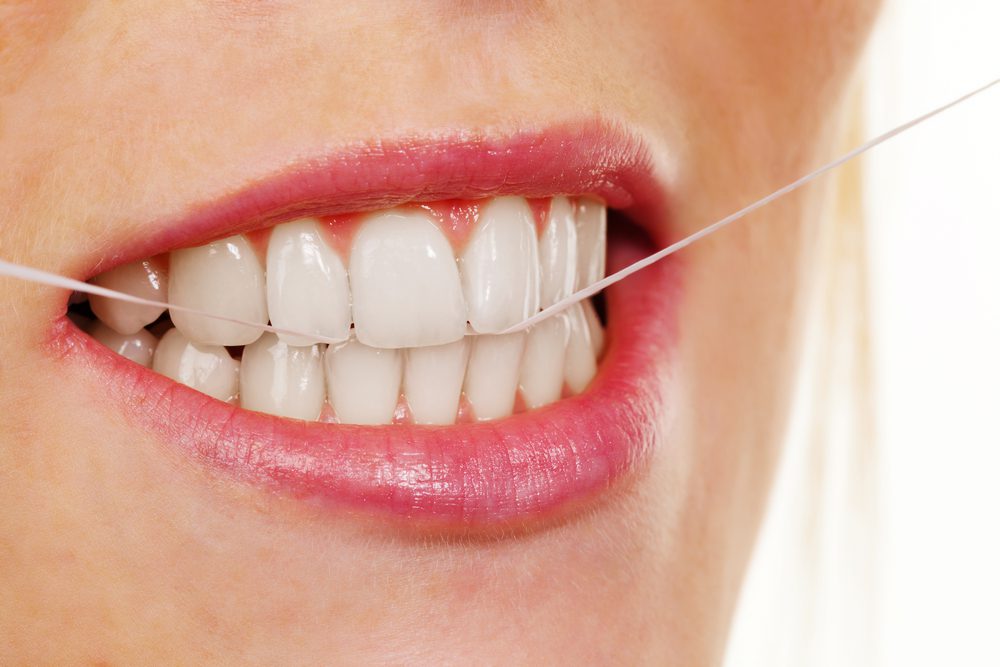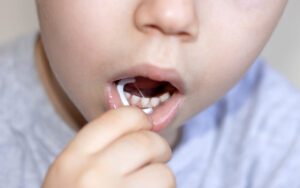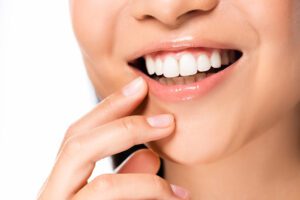Posted on May 25, 2023

For years, dental professionals have emphasized the importance of flossing as a part of good oral hygiene. But is it really necessary? Do we really need to floss to maintain healthy teeth and gums?
Flossing has become a controversial topic, with some dental professionals arguing that it’s not necessary, and others insisting that it’s an essential part of maintaining oral health. Despite the debate, many of us still don’t know the truth about flossing.
With so much conflicting information out there, it’s important to understand the facts behind flossing. In this article, we’ll explore the benefits of flossing, as well as the potential risks of not flossing.
We’ll also address some common misconceptions about flossing and provide you with the information you need to make an informed decision about whether or not to include flossing in your daily oral hygiene routine.
Flossing is an essential part of any oral hygiene routine. It involves using a thin, flexible filament to clean the areas between the teeth that a toothbrush cannot reach. Flossing helps remove food particles and plaque, which can lead to tooth decay, gum disease, and bad breath.
In addition, flossing stimulates the gums, improving their health and preventing them from receding. Regular flossing can help maintain healthy teeth and gums and prevent costly dental procedures in the future. So, it is crucial to include flossing as a part of your daily oral hygiene routine.
With so many dental floss options available in the market, choosing the right one can be tricky. In this article, we aim to provide you with an overview of different kinds of dental floss and their pros and cons to help you make an informed decision.
 Nylon Floss is the standard floss that most people use. It comes in either waxed or unwaxed form and is usually made of multiple nylon strands twisted together. The waxed version glides effortlessly between teeth while the unwaxed one provides a more thorough clean.
Nylon Floss is the standard floss that most people use. It comes in either waxed or unwaxed form and is usually made of multiple nylon strands twisted together. The waxed version glides effortlessly between teeth while the unwaxed one provides a more thorough clean.
Pros: Economical and easy to use.
Cons: It can break or shred if you have tight spaces between your teeth.
Monofilament floss is a single-threaded floss made from rubber or plastic that does not shred. This type of floss is useful for people with braces or permanent retainers.
Pros: Does not shred and glides effortlessly.
Cons: Can be more expensive than nylon floss.
Dental tape is a broad and flat ribbon-like string that is wider than traditional floss. Dental tape is great if you have broader gaps between your teeth.
Pros: You can use it if you have wider gaps between the teeth.
Cons: It is less effective when it comes to cleaning around a tooth.
Super floss is multi-use dental floss that has different textures at different parts of the string. One end is a stiffer floss that can be used to floss under braces and bridges, and the other end is a softer tuft for cleaning between teeth.
Pros: Convenient for people with braces or bridges.
Cons: Can be more expensive than standard floss.
A water flosser is an electric tool that uses a stream of water to get between teeth and gums. You fill the water reservoir, choose the water pressure, and let the machine do the rest.
Pros: Convenient and effective in reaching deep pockets between teeth.
Cons: More expensive than traditional floss.
Flossing is a crucial part of maintaining good dental hygiene. While many people brush their teeth regularly, they often skip flossing because they are unsure of how to do it correctly.
Flossing removes food particles and plaque from between teeth, which can reduce the risk of gum disease and tooth decay. Here are some flossing techniques that you can use to improve your dental hygiene.
Before flossing, ensure that you have enough floss to perform the task effectively. Generally, the ideal length of floss for adults is about 18 inches. You should wind the floss around your middle fingers and leave at least one inch of floss exposed for use. This technique will allow you to use a clean section of the floss for each tooth.
 To begin flossing, gently slide the floss between your teeth using a back-and-forth motion. Be careful not to snap the floss into your gums, as this can cause damage. Use your fingers to guide the floss gently around each tooth in a C-shape.
To begin flossing, gently slide the floss between your teeth using a back-and-forth motion. Be careful not to snap the floss into your gums, as this can cause damage. Use your fingers to guide the floss gently around each tooth in a C-shape.
Make sure that you clean under the gumline by gently hugging the floss against each tooth. Move the floss up and down in the space between your tooth and gum, removing any debris that may have accumulated. The gum line is the place where most gum diseases start, so it is crucial to keep this area clean.
After you finish cleaning each tooth, make sure that you use a fresh section of the floss as you move to the next tooth. This technique ensures that you are not transferring bacteria or food particles from one tooth to another.
Finally, make sure that you floss every day. Consistent flossing can prevent the buildup of plaque, reducing the risk of cavities and gum disease. Incorporate flossing into your daily routine, especially before bedtime. Also, for children, ensure their teeth are flossed daily to develop good oral hygiene habits.
There are many myths and misconceptions about flossing that people believe and follow without considering whether they are true or not. Some people believe that brushing is enough and that flossing is not necessary, but this is not true.
Flossing helps to remove plaque and food particles from areas where a toothbrush cannot reach, which reduces the risk of gum disease and tooth decay. Other people believe that flossing is painful and difficult, but this is also a misconception.
With the right technique and dental floss, flossing is painless and easy to do. It is important to separate fact from fiction when it comes to dental hygiene, especially when it comes to flossing.
In conclusion, it is important to recognize the significance of flossing as an integral part of your oral hygiene routine. Despite misconceptions and debates, the truth remains: flossing is necessary for maintaining optimal dental health.
By incorporating regular flossing into your daily routine, you can effectively remove plaque and debris from hard-to-reach areas, reducing the risk of gum disease, cavities, and other oral health issues.
Smilebliss encourages you to prioritize flossing as an essential habit to complement brushing and regular dental check-ups. Let us be your partner in achieving a healthy and beautiful smile.
Embrace the truth about flossing and make it a regular part of your oral hygiene routine. Contact Smilebliss today to learn more about proper oral care techniques and to schedule your next appointment.